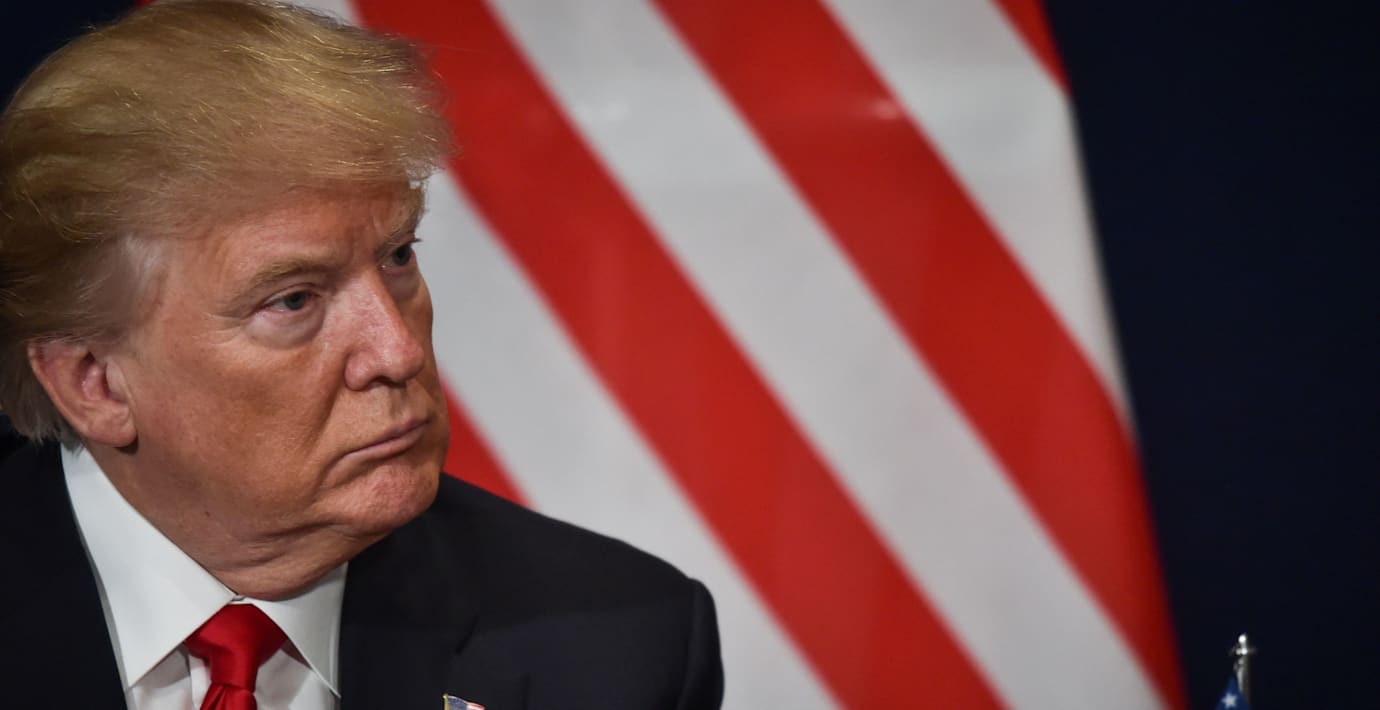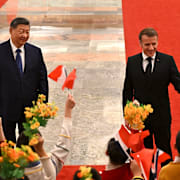bakgrund
Trans-Pacific Partnership (TPP)
Wikipedia (en)
The Trans-Pacific Partnership (TPP) is a trade agreement between Australia, Brunei, Canada, Chile, Japan, Malaysia, Mexico, New Zealand, Peru, Singapore and Vietnam signed on 4 February 2016, which has not entered into force. As the United States withdrew from it afterwards, negotiations have started on a new trade agreement called Comprehensive and Progressive Agreement for Trans-Pacific Partnership.
The TPP began as an expansion of the Trans-Pacific Strategic Economic Partnership Agreement (TPSEP or P4) signed by Brunei, Chile, New Zealand and Singapore in 2005. Beginning in 2008, additional countries joined the discussion for a broader agreement: Australia, Canada, Japan, Malaysia, Mexico, Peru, the United States, and Vietnam, bringing the negotiating countries to twelve. In 2017, the United States withdrew from the agreement. The other 11 TPP countries agreed in May 2017 to revive it and reached agreement in January 2018.
The original TPP contained measures to lower both non-tariff and tariff barriers to trade, and establish an investor-state dispute settlement (ISDS) mechanism. The U.S. International Trade Commission, the Peterson Institute for International Economics, the World Bank and the Office of the Chief Economist at Global Affairs Canada found the final agreement would, if ratified, lead to net positive economic outcomes for all signatories, while an analysis using an unorthodox model by two Tufts University economists found the agreement would adversely affect the signatories. Many observers have argued the trade deal would have served a geopolitical purpose, namely to reduce the signatories' dependence on Chinese trade and bring the signatories closer to the United States.




